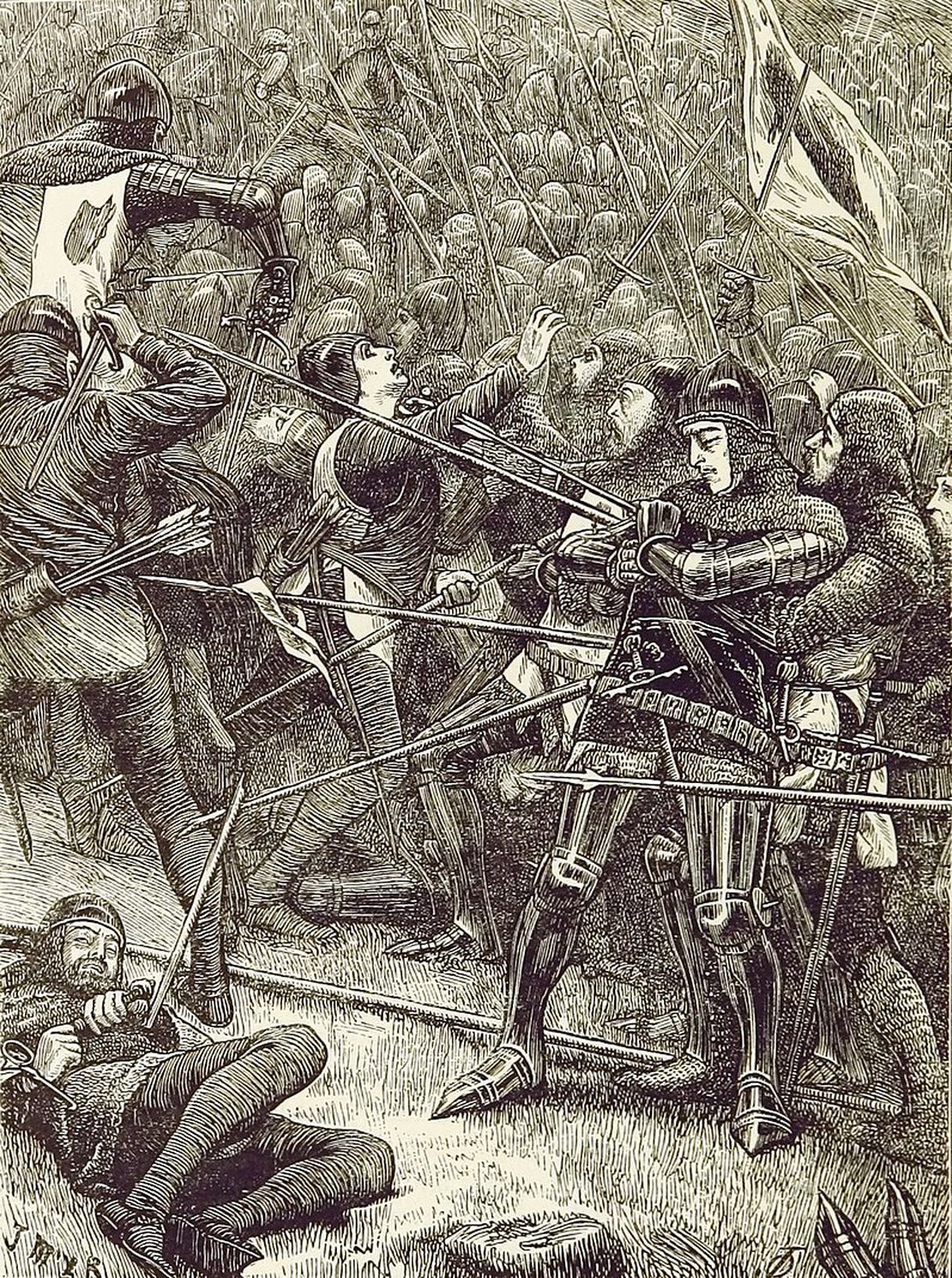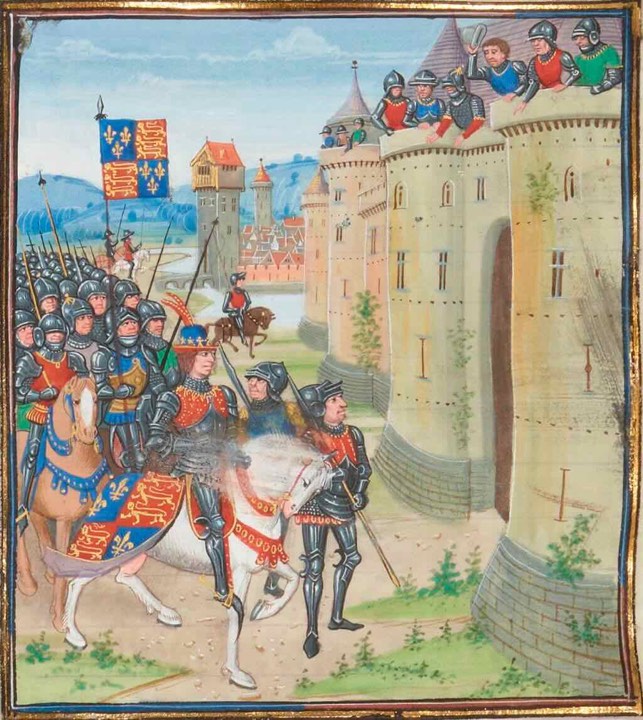- August 12, 1332
The Battle of Dupplin Moor took place on August 11-12, 1332, near Perth in Scotland. It was a significant conflict during the Second War of Scottish Independence, in which Edward Balliol and his forces defeated the army of the Regent of Scotland, Domhnall, Earl of Mar.
Background
-
Edward Balliol: Edward Balliol was the son of John Balliol, the former King of Scotland, who had been deposed in 1296. After the death of King Robert the Bruce in 1329, Scotland was ruled by David II, Bruce’s young son, under the regency of the Earl of Mar and other Scottish nobles. Edward Balliol, backed by several disinherited Scottish nobles known as the “Disinherited” and by King Edward III of England, sought to reclaim his father’s throne.
-
Second War of Scottish Independence: The battle occurred during the early stages of the Second War of Scottish Independence, a conflict that arose following the death of Robert the Bruce. Edward Balliol and his supporters aimed to seize the throne of Scotland, challenging the legitimacy of David II’s rule.
The Battle
-
Location: The battle took place near Dupplin Moor, close to Perth in central Scotland. Balliol’s forces had landed in Scotland and were marching towards Perth when they encountered the Scottish army led by the Earl of Mar.
-
Forces and Tactics: Balliol’s army was considerably smaller than the Scottish force, but it was composed of experienced knights and soldiers, many of whom were veterans of the wars in England and France. Balliol’s forces employed tactics similar to those used by the English at the Battle of Bannockburn in 1314, with a strong focus on dismounted men-at-arms and archers.
-
Battle Dynamics: On the night of August 11, 1332, the two armies encamped near each other. The following morning, Balliol’s forces launched a surprise attack on the Scottish army. The Scottish forces, under the command of the Earl of Mar, were uncoordinated and suffered heavily from the volleys of arrows shot by Balliol’s archers. The Scottish army attempted to charge the enemy but was hampered by the narrow terrain and the deadly English archers, leading to a disastrous rout.
-
Outcome: The battle ended in a decisive victory for Edward Balliol. The Earl of Mar and many Scottish nobles were killed in the fighting. The defeat at Dupplin Moor severely weakened the pro-Bruce faction in Scotland and allowed Balliol to briefly claim the Scottish throne.
Aftermath and Significance
-
Edward Balliol’s Coronation: Following his victory, Edward Balliol was crowned King of Scotland in September 1332. However, his reign was short-lived, as he faced continuous resistance from supporters of David II and was unable to maintain control over Scotland without English military support.
-
Continued Conflict: The battle did not bring lasting peace to Scotland. Balliol’s position was precarious, and he was soon driven out of Scotland by forces loyal to David II. The conflict continued, with Balliol making several attempts to regain power, often with English support, but ultimately failing to secure his rule.
-
Long-term Impact: The Battle of Dupplin Moor was one of several conflicts that destabilized Scotland during the early 14th century, contributing to the ongoing struggle for Scottish independence. It demonstrated the effectiveness of English military tactics, particularly the use of longbowmen, which would continue to play a crucial role in later battles such as Halidon Hill and the Hundred Years’ War.
The Battle of Dupplin Moor is remembered as a key event in the Second War of Scottish Independence, highlighting the turbulent period of Scottish history and the ongoing struggle between the supporters of the Bruce and Balliol claims to the Scottish throne.

 Battle of Halidon Hill →
Battle of Halidon Hill →